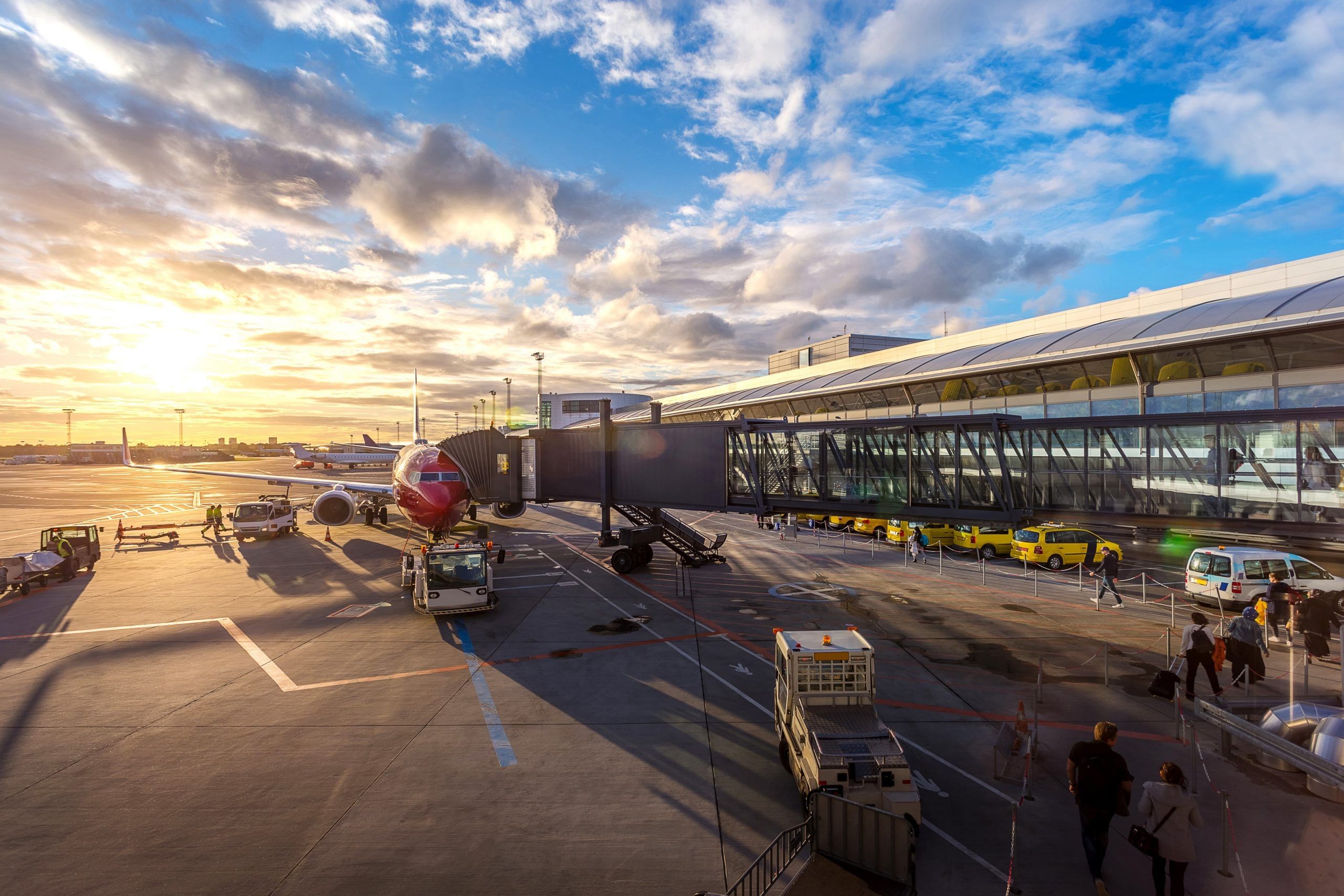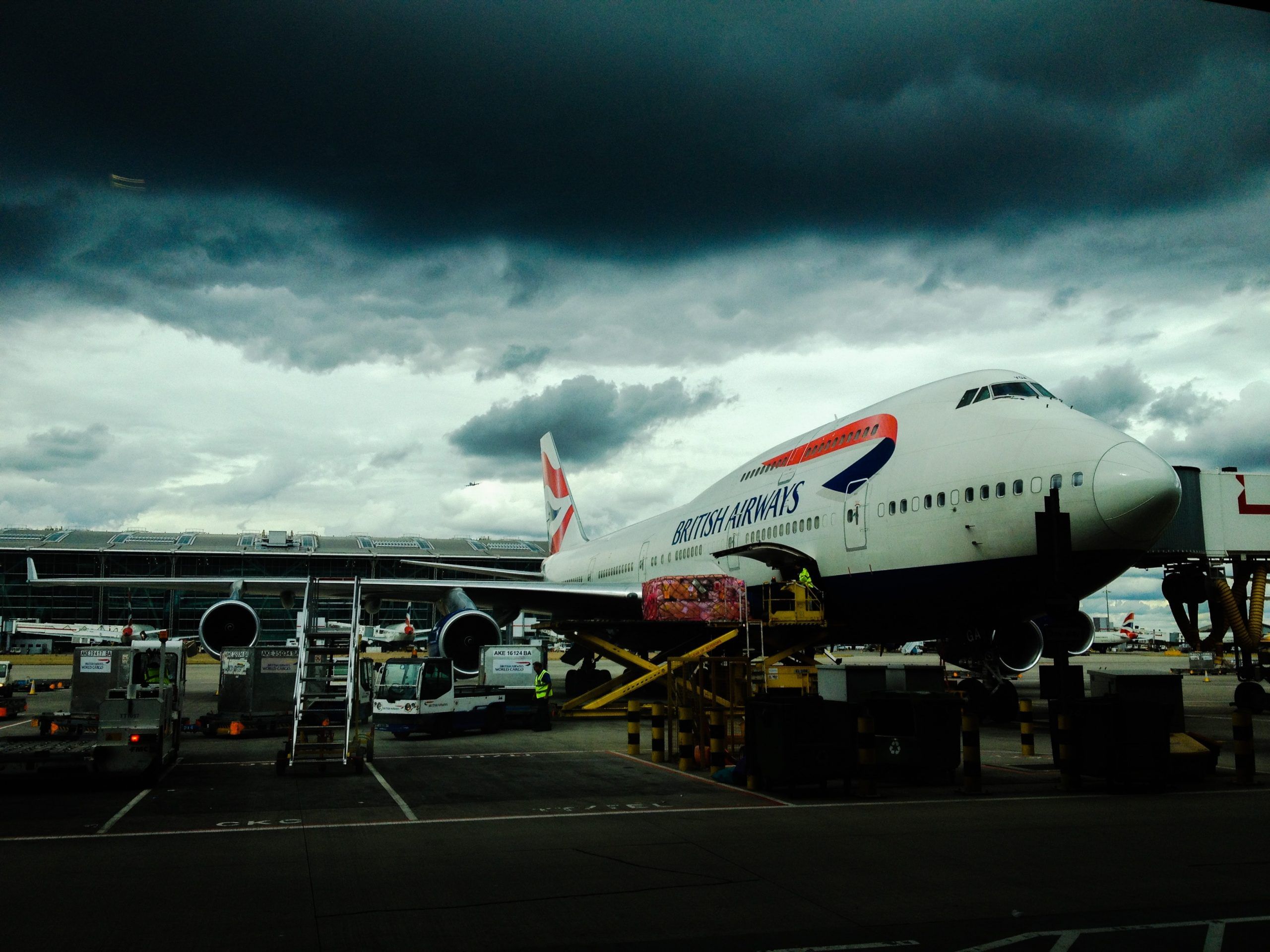If you’ve ever wondered where the UK’s airports are, wonder no more. This blog will give you the complete list of airports in the UK. Each airport has a brief description of its history and how it works as an airport. It also contains a list of all of the UK’s major airports, including their location, their names and how to get to them from wherever you are.
This quick read will give you a clear insight into some of the main list of airports in the UK. The airport with the most flights is London Heathrow, followed by London City, Birmingham, and Manchester.
1. London City Airport

London City Airport was built during the 1960s as part of the London Orbital Network, which was intended to increase the amount of traffic between London and the United Kingdom’s major cities. It is managed by City Airport Limited, a company owned by the city of London.
The airport is one of the easiest and most accessible airports in London thanks to its location just 9.5km (6 miles) east of central London and 4.8km (3 miles) from Canary Wharf. It is the world’s busiest airport in terms of passengers carried. The airport handled 5.1 million passengers in 2019, making it the second largest airport on the list of airports in the UK. It is the largest airport in the United Arab Emirates and the 34th busiest in the world. With four terminals and a total of 8.2 million square feet (0.29 million square metres) of operational space, London City is one of the most technologically advanced airports in the world.
2. Manchester Airport
Manchester Airport offers a wide range of links, from connections to European countries to the Americas and Asia, and is the primary airport for the city of Manchester. The airport is a project of the Greater Manchester Airport Company, which was set up in 2005 to build, acquire and manage the airport.
Located 5 miles north of the city centre in northern England, Manchester Airport is slightly less well known than London City and London Heathrow but is in fact more advanced than either. The airport handled 29.4 million passengers in 2019, making it the second most popular in the country after Glasgow International and on the top list of airports in the UK.
3. Edinburgh International Airport
Another airport which has made it to the list of airports in the UK is the Edinburgh International Airport. Located 20 miles west of the capital, Edinburgh International is the largest airport in Scotland and the second busiest in the UK after London Heathrow.
It is the main airport for the city of Edinburgh, as well as the surrounding region. Edinburgh International Airport is the only European airport in which you can board a train to Stirling, which is 16 miles away.
4. Birmingham Airport
Located 26 miles southwest of Birmingham, the city’s main airport, Birmingham Airport. The airport handled 12.6 million passengers in 2019, making it at the top of the list of airports in the UK. There are two main terminals, with Terminal One being the larger of the two, and Terminal 2 being the secondary passenger facility.
It is the main hub of the Birmingham airports, which includes Bham, East Midlands, Manston, and Seletar. Despite its name, there is not an assembly of Warwickshire country lanes between Birmingham and Hatfield. Birmingham Airport is also the London AirTrain terminal, which means that you can travel between the two airports in 15 minutes.
5. London Gatwick Airport
Located 26 miles west of London and the largest airport in the South East region of the UK, Gatwick Airport is the main gateway to the country. It is in the list of airports in the UK as it handled 46.6 million passengers in 2019, making it the third most popular in the country after London Heathrow and Manchester.
Despite its name, there is not an assembly of Warwickshire country lanes between Gatwick and Hatfield. Gatwick is also the London AirTrain terminal, which means that you can travel between the two airports in 15 minutes.
6. London Heathrow Airport

Hovering at the end of the “The Complete List of Airports in the UK” is London Heathrow. Despite being called London, Heathrow is actually part of London England, so it’s not exactly a standalone airport. Located 9 miles west of central London, Heathrow is by far the largest airport in the UK, handling more than 60% of all flights arriving and departing from the country.
The most congested airport in Europe, London Heathrow has more than 30 million passengers passing through it each year. The airport is the primary focus for the British economy, with more than 2,000 jobs being created directly or indirectly as a result of the airport’s operations.
Conclusion
If you are planning to visit the UK or travel to any city in the UK, knowledge about the airports and other travel facilities will be really useful. The UK is a hub for tourists and students and there are many airports to travel to different parts of the country. The list of airports in the UK provided in the blog can add great value to your travel while you are planning for it.
FAQs
1. How many airports are there in the UK?
In the UK, there are more than 40 airports that serve both local and foreign flights.
2. What is the biggest airport in the UK?
London Heathrow Airport, the biggest airport in the UK, is well-known for its numerous international connections and heavy passenger volume.
3. What is the UK famous airport called?
Heathrow Airport, which lies in London and is known around the world as a significant aviation center, is the most well-known airport in the UK.
4. Which is London’s smallest airport?
London City Airport, the city’s smallest airport and one of the most convenient for business passengers, is located not far from the city center.
5. How many airports are in the north of England?
The north of England is home to a number of airports, with Manchester Airport, Leeds Bradford Airport, and Newcastle International Airport among the noteworthy ones. Depending on how one defines the “north of England,” the precise amount may change.
Thank you for reading this blog on ‘List of Airports in the UK: A Complete Guide!’ If you’d like to read more, here are some blogs that may be of interest to you –















0 Comments